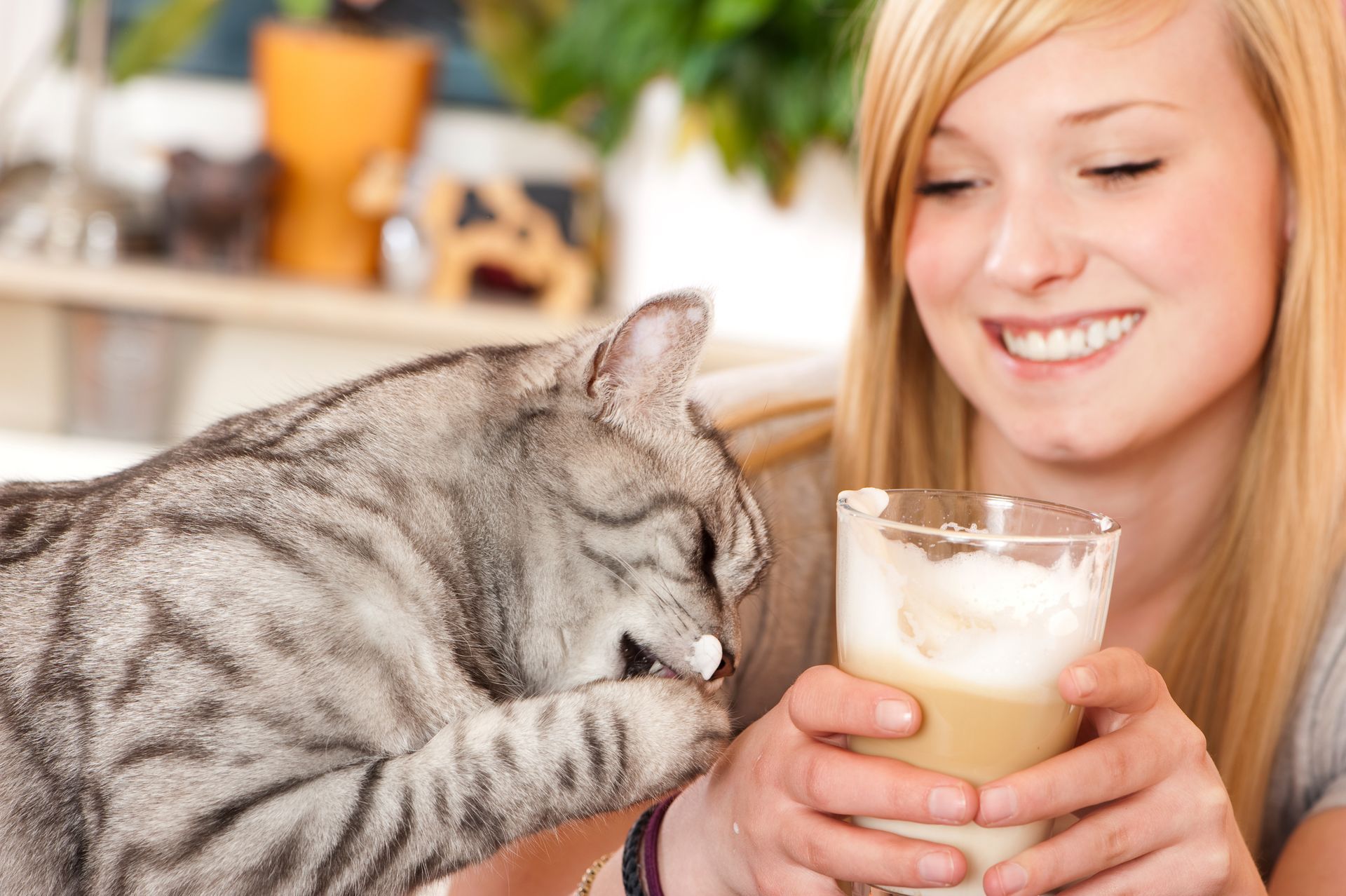Cats, with their graceful movements and enigmatic expressions, have captured the hearts of many. Yet, their behavior often remains a mystery, leaving us intrigued and sometimes bewildered. From the soothing purr to the playful pounce, each action is a complex blend of instinct, communication, and personality.
This comprehensive guide invites you on a journey into the feline mind, unraveling the intricacies of 17 distinct behaviors. We’ll explore the underlying motivations, the hidden meanings, and the ways we can support and nurture our feline friends. Whether you’re a new cat owner or a seasoned cat lover, this guide offers insights and practical advice to deepen your understanding and enhance your relationship with your beloved pet.
Prepare to embark on a fascinating exploration of the world of cats, where every purr, meow, and twitch of the tail tells a story. Let’s decode the language of cats and discover what makes these captivating creatures so unique.
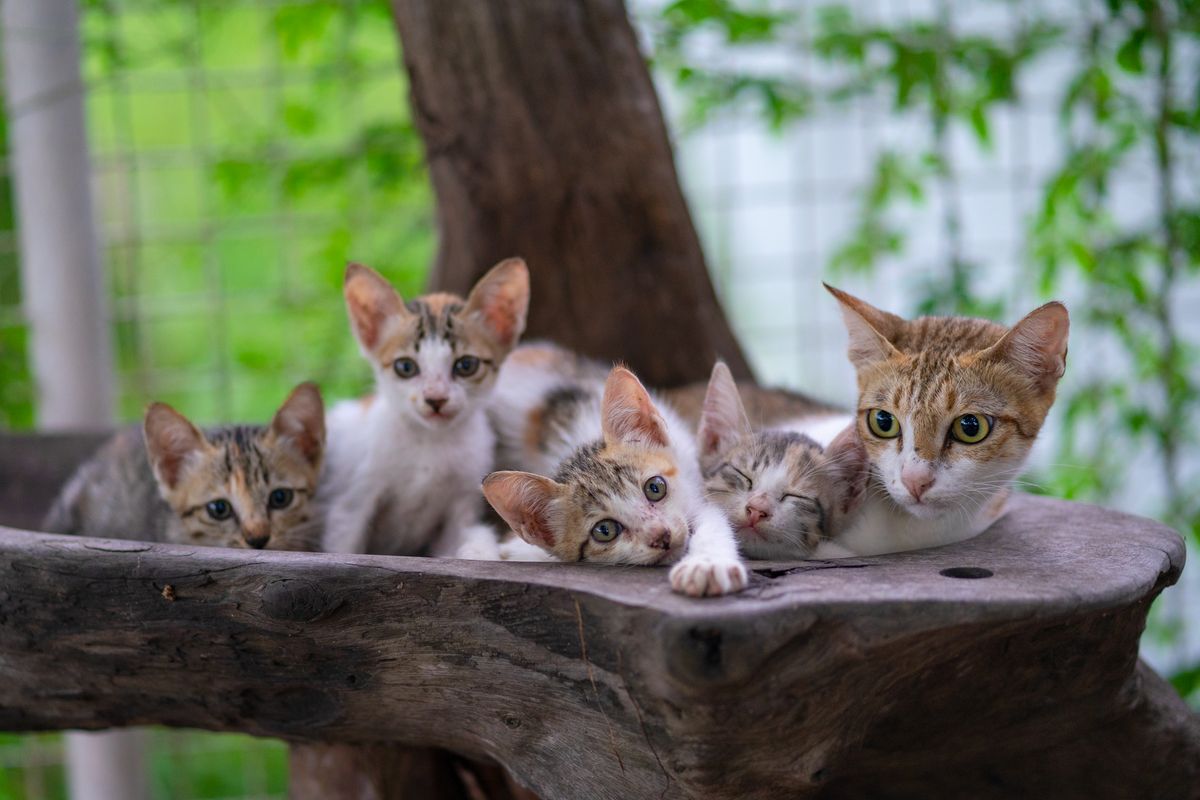
Purring: A Complex Communication
Purring is perhaps one of the most recognizable cat behaviors, often associated with contentment and relaxation. However, the reality is far more complex. Cats purr for various reasons, including self-soothing when stressed or injured, socializing with other cats, and communicating desires to their owners.
Understanding
Purring is a multifaceted behavior that can signify different emotions or needs. While a purring cat often indicates a relaxed and content animal, it can also be a sign of distress or a plea for attention. Some cats purr when they’re in pain, using it as a mechanism to calm themselves. Others may purr to signal their contentment with their surroundings or to communicate with their human companions.
How to Help
Understanding the context of purring is essential to interpret its meaning accurately. Observing your cat’s body language, facial expressions, and the situation can provide clues. If purring is accompanied by signs of distress or unusual behavior, it may be wise to consult a veterinarian to rule out underlying health issues. Providing a calm and loving environment and recognizing your cat’s unique purring patterns can deepen your connection and ensure your cat’s well-being.
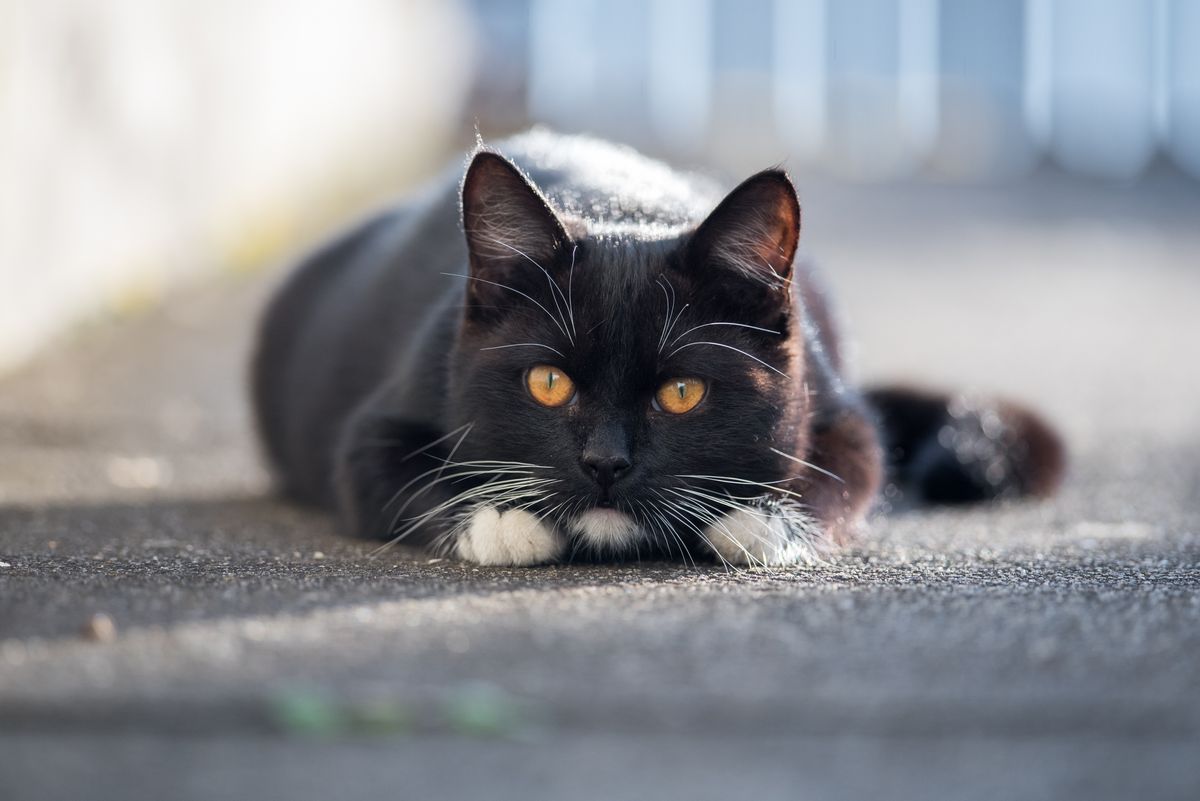
Showing the Belly: Trust, Not an Invitation
A cat exposing its belly is a behavior that’s often misinterpreted. While it might seem like an invitation for a belly rub, it’s actually a sign of trust and vulnerability.
Understanding
When a cat shows its belly, it’s exposing a sensitive area, signaling trust and comfort with its surroundings. This gesture is more about communication than an invitation for physical contact. Misinterpreting this signal and attempting to rub the belly might lead to a scratch or bite, as the cat may feel threatened.
How to Help
Respecting this gesture is key to maintaining trust with your cat. Avoid touching the belly unless you’re sure your cat enjoys it. Observing your cat’s reactions and respecting its boundaries will foster a more trusting and harmonious relationship.
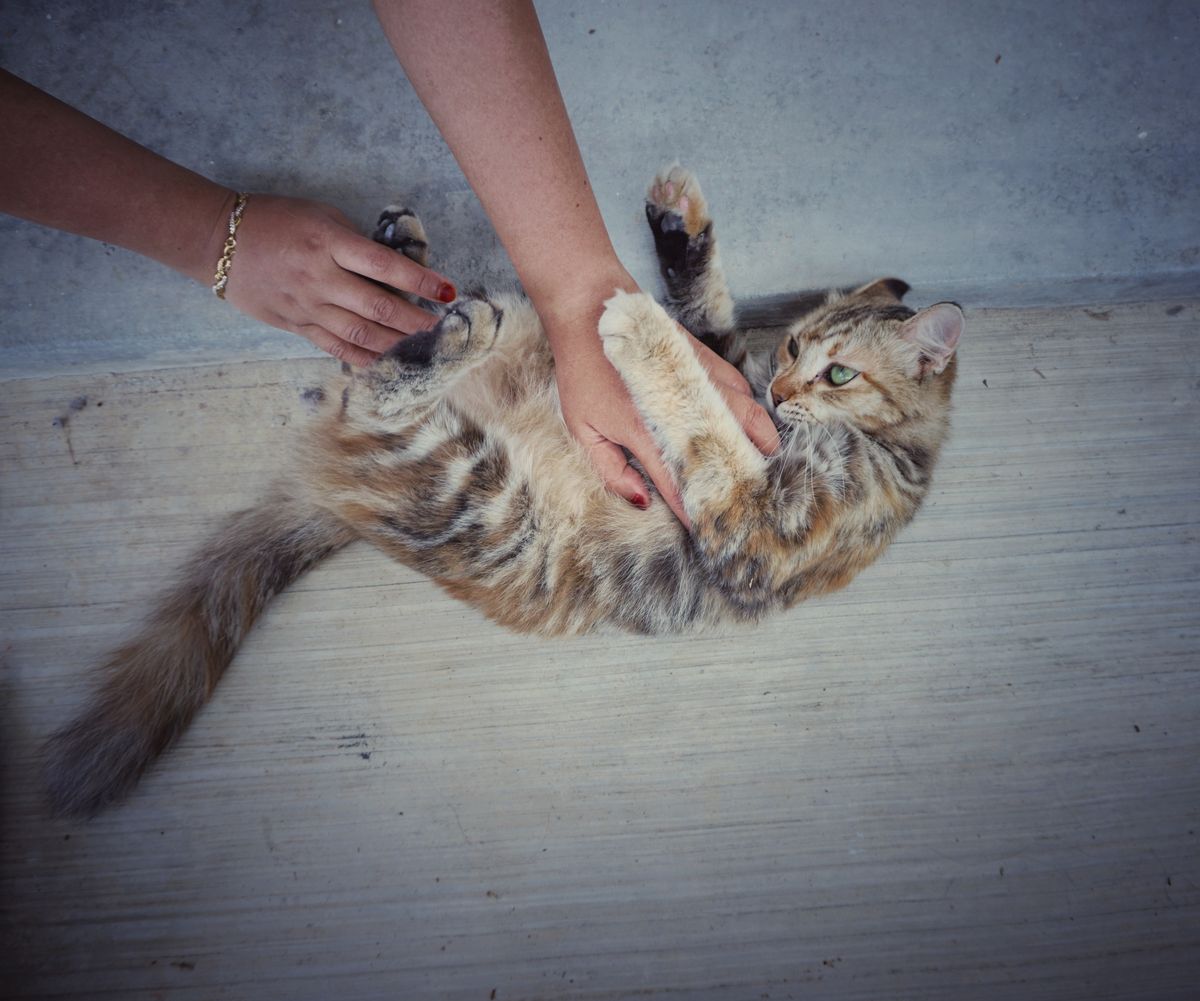
Tail Wagging: A Warning, Not Joy
Unlike dogs, a wagging tail in cats often signals annoyance or frustration rather than joy. This behavior can be a clear warning sign that something is bothering your cat.
Understanding
A thrashing or wagging tail in cats is typically a sign of irritation or discontent. It may be a reaction to being handled in a way they dislike, a response to another animal, or a general expression of frustration. Understanding this behavior is crucial to avoid escalating the situation into aggression.
How to Help
Recognizing a wagging tail as a warning sign allows you to respond appropriately. Giving your cat space or stopping the action that triggered the response can prevent further distress. Observing your cat’s tail movements and learning what they signify will enable you to understand and meet your cat’s needs more effectively.
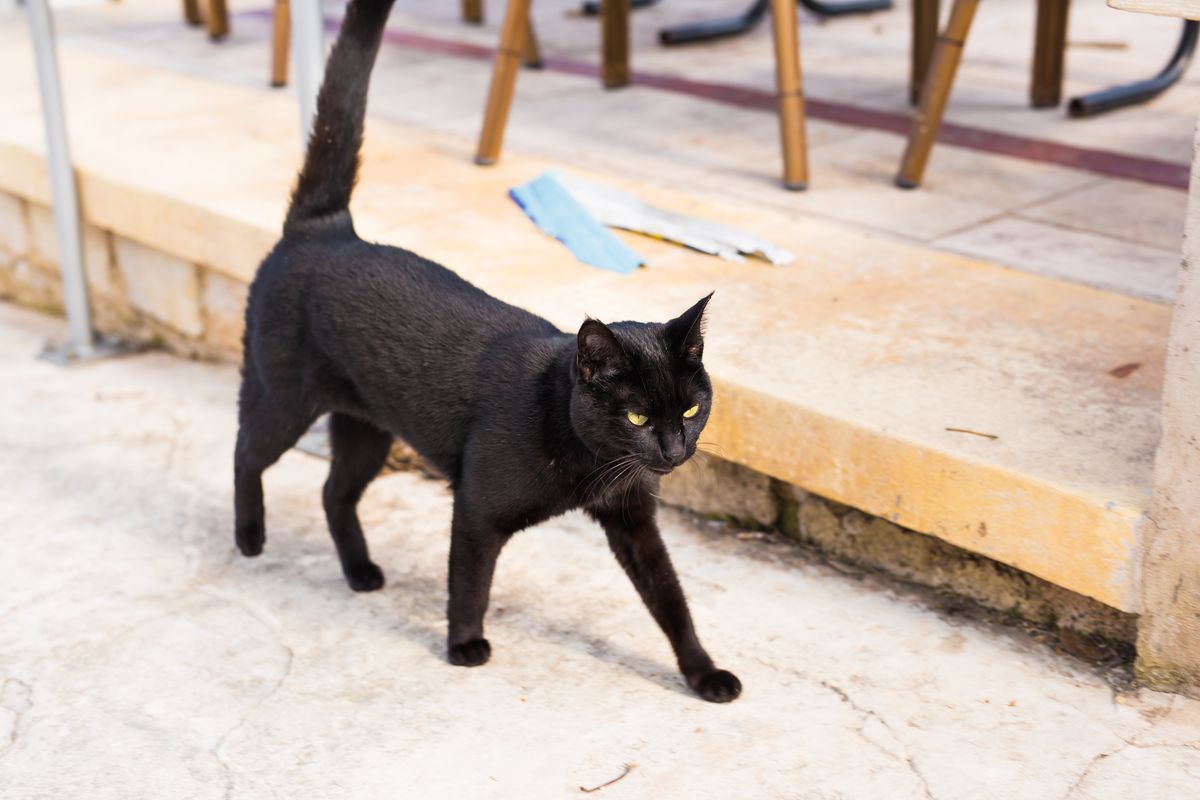
Napping: An Evolutionary Trait
Cats are notorious for their love of napping, often sleeping up to 16 hours a day. This behavior is not mere laziness but an evolutionary trait developed to conserve energy for hunting.
Understanding
In the wild, cats are predators that expend significant energy hunting for food. Napping allows them to conserve energy between hunts. Even domestic cats, who don’t need to hunt for sustenance, retain this behavior. They often seek out warm, comfortable areas for their slumbers, following their natural instincts.
How to Help
Understanding that napping is a natural and necessary behavior for cats can alleviate concerns about laziness or health issues. Providing cozy spots for napping, such as soft beds or sunny windowsills, can make your cat more comfortable. Recognizing and respecting your cat’s need for sleep will contribute to a happy and healthy feline friend.
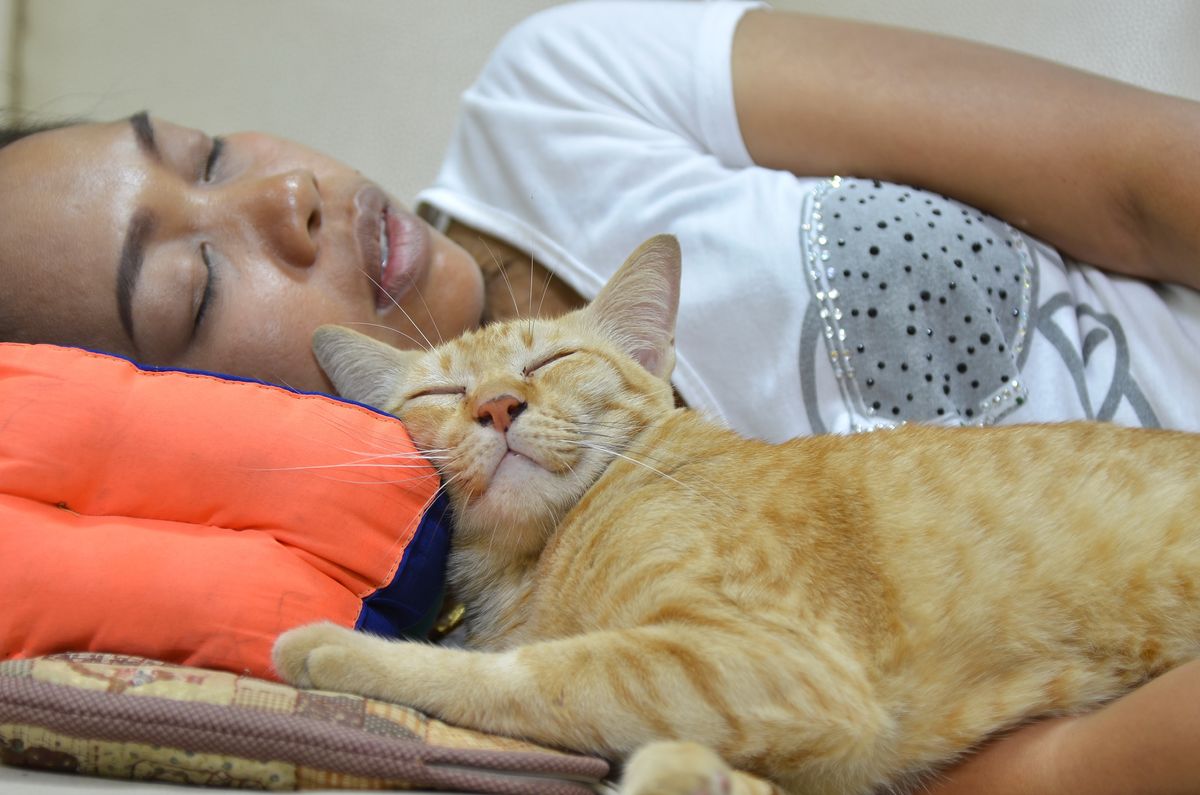
Chirping: Instinctual or Friendly
Chirping is another common cat noise, often triggered by seeing a bird or other prey. It can also be a friendly greeting towards a fellow feline or human.
Understanding
Chirping is a complex behavior that can signify different things depending on the context. It may be an expression of hunting instincts, a reaction to seeing potential prey, or excitement at seeing someone familiar. Some experts believe that chirping is a frustrated response to not being able to catch the observed prey, while others see it as a friendly greeting.
How to Help
Recognizing chirping as a natural behavior allows you to respond appropriately. Providing toys that stimulate hunting instincts or engaging in interactive play can satisfy your cat’s predatory urges. Understanding that chirping can also be a friendly greeting helps you appreciate this unique aspect of your cat’s communication repertoire.
Rising Early: Dawn Activity
Cats are known for being active at dawn, a natural behavior that might disrupt human sleep patterns. This early rising is not a sign of mischief but a deeply ingrained instinct.
Understanding
Cats are crepuscular animals, meaning they are most active during dawn and dusk. This behavior is linked to their hunting instincts, as many small prey animals are also active during these times. While domestic cats may not need to hunt for food, they still retain this natural rhythm.
How to Help
Adjusting feeding times to align with your cat’s natural activity patterns can help curb those early wake-up calls. Providing engaging toys or playtime during the evening can also satisfy their need for stimulation. Using blackout shades or creating a comfortable sleeping area for your cat can help both you and your feline friend get a good night’s sleep.
Knocking Things Over: Curiosity in Action
Cats knocking objects off tables or shelves may seem mischievous, but it’s a normal behavior driven by curiosity, playfulness, or even attention-seeking.
Understanding
Cats are naturally curious creatures, and their paws are sensitive tools for exploring their environment. Knocking things over allows them to investigate objects and understand how they work. This behavior can also be a playful act or a way to get your attention.
How to Help
Provide engaging toys and playtime to satisfy your cat’s curiosity and playfulness. Ensuring that valuable or breakable items are out of reach can prevent accidents. Recognizing this behavior as a natural part of your cat’s exploration helps you respond with understanding rather than frustration.
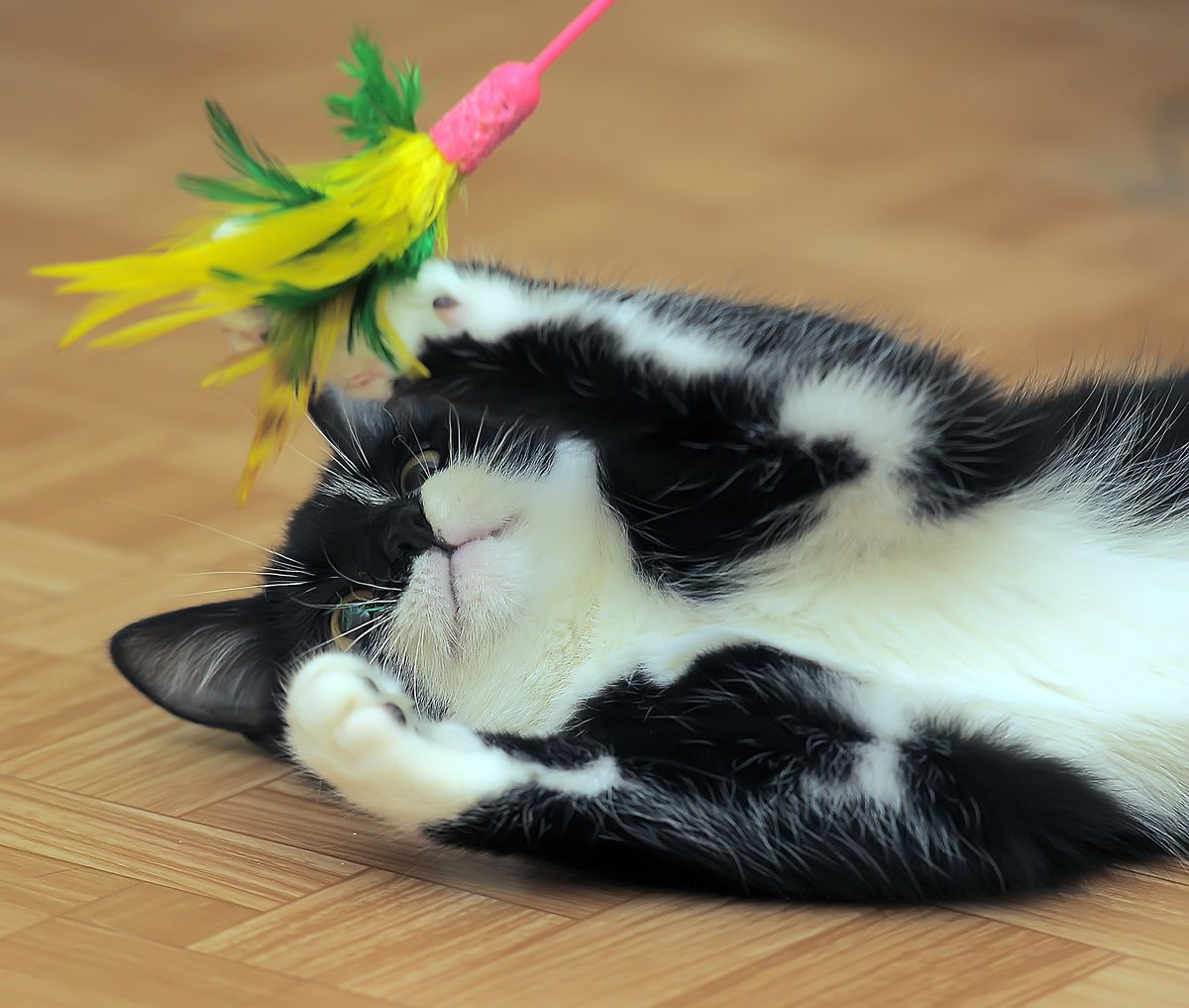
Scratching Furniture: Essential Claw Maintenance
Scratching is essential for cats to maintain their claws, stretch their muscles, and mark their territory. While it can be destructive to furniture, it’s a vital part of their well-being.
Understanding
Cats have a natural need to scratch to keep their claws sharp and healthy. Scratching also allows them to stretch their muscles and mark their territory by leaving both visual marks and scent from glands in their paws. While this behavior can be frustrating for cat owners, it’s essential to recognize it as a natural and necessary act.
How to Help
Offering alternatives like scratching pads or cat towers can save your furniture while satisfying your cat’s need to scratch. Placing these alternatives near the furniture they tend to scratch and rewarding usage with treats can encourage positive behavior. Understanding and accommodating this natural need will lead to a happier cat and a more harmonious home.
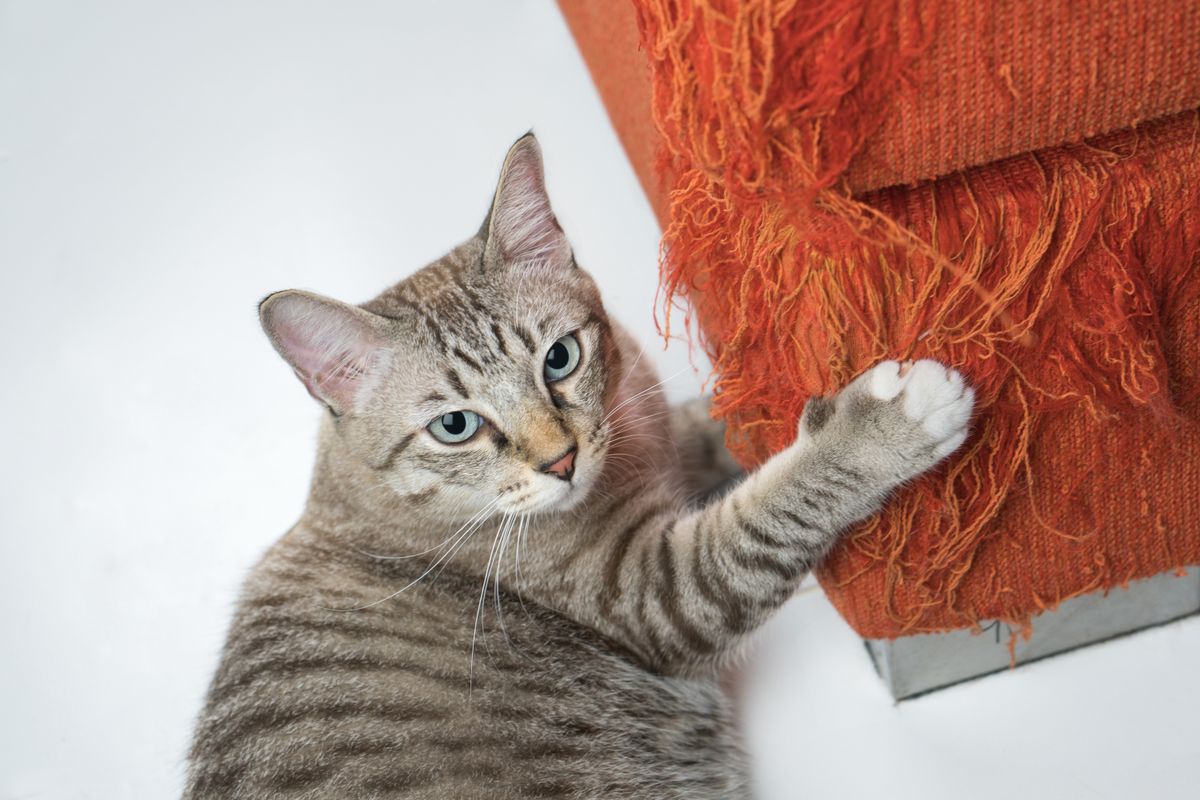
Licking You: A Social Bond
When a cat licks you, it’s creating a special social bond, stemming from the grooming behavior learned in kittenhood. This act is more than just affection; it’s a sign of trust and connection.
Understanding
Cats groom each other as a social activity, strengthening bonds within a group. When a cat licks you, it’s including you in this social circle, expressing trust and affection. This behavior is learned from their mothers and continues throughout their lives.
How to Help
Enjoy this bonding experience, recognizing it as a sign of your cat’s love and trust. If the licking becomes excessive or bothersome, gently discourage it by redirecting their attention to a toy or treat. Understanding the underlying social significance of this behavior can deepen your connection with your feline friend.
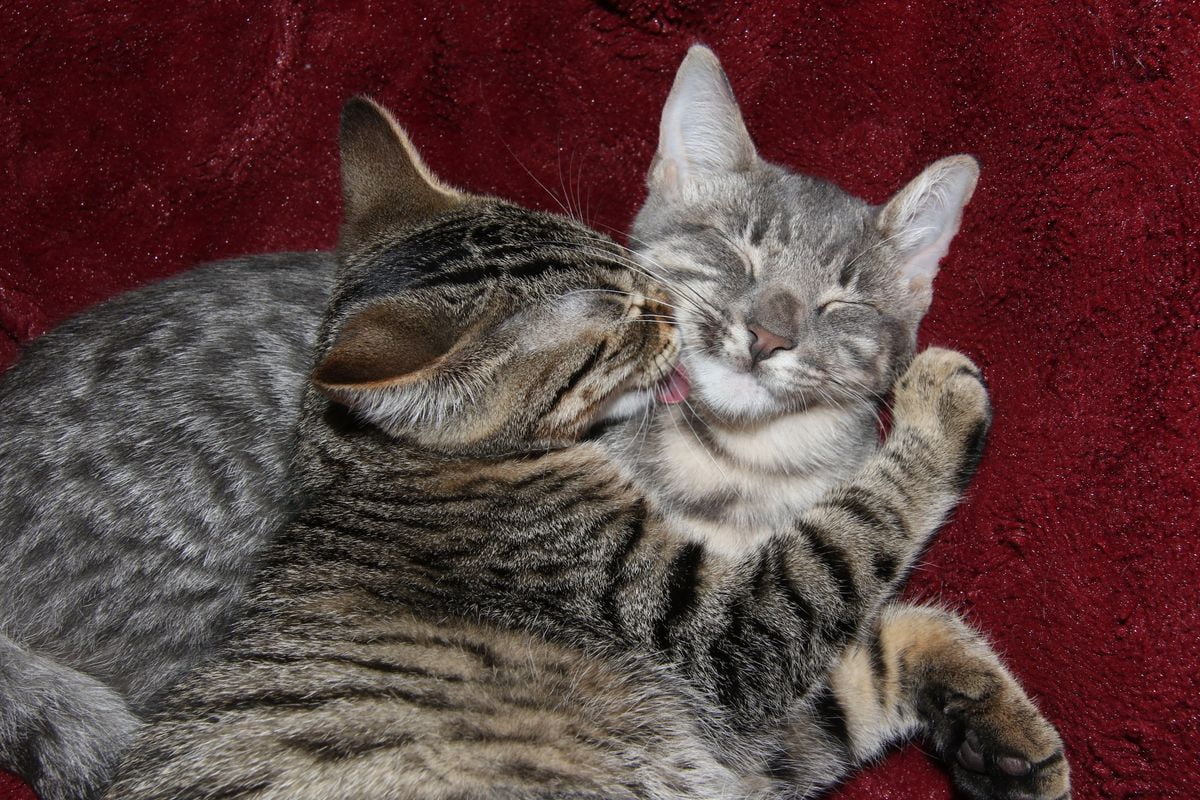
Licking Itself: Self-Cleaning Ritual
Cats are self-cleaning creatures, using their paws, rough tongue, and saliva to groom themselves. This behavior is not just about cleanliness but also about health and comfort.
Understanding
Cats spend a significant portion of their day grooming themselves, using their specialized tongues to clean their fur and reach difficult spots. This self-cleaning ritual helps regulate their body temperature, stimulates blood flow, and removes loose fur and dirt. It’s also a way for cats to comfort themselves and maintain their well-being.
How to Help
Regularly check for signs of over-grooming, which may indicate underlying issues such as allergies or stress. Providing a clean and comfortable environment and occasional gentle brushing (if your cat enjoys it) can support this natural grooming behavior. Recognizing the importance of self-grooming in your cat’s daily routine helps you appreciate and support this essential aspect of their life.
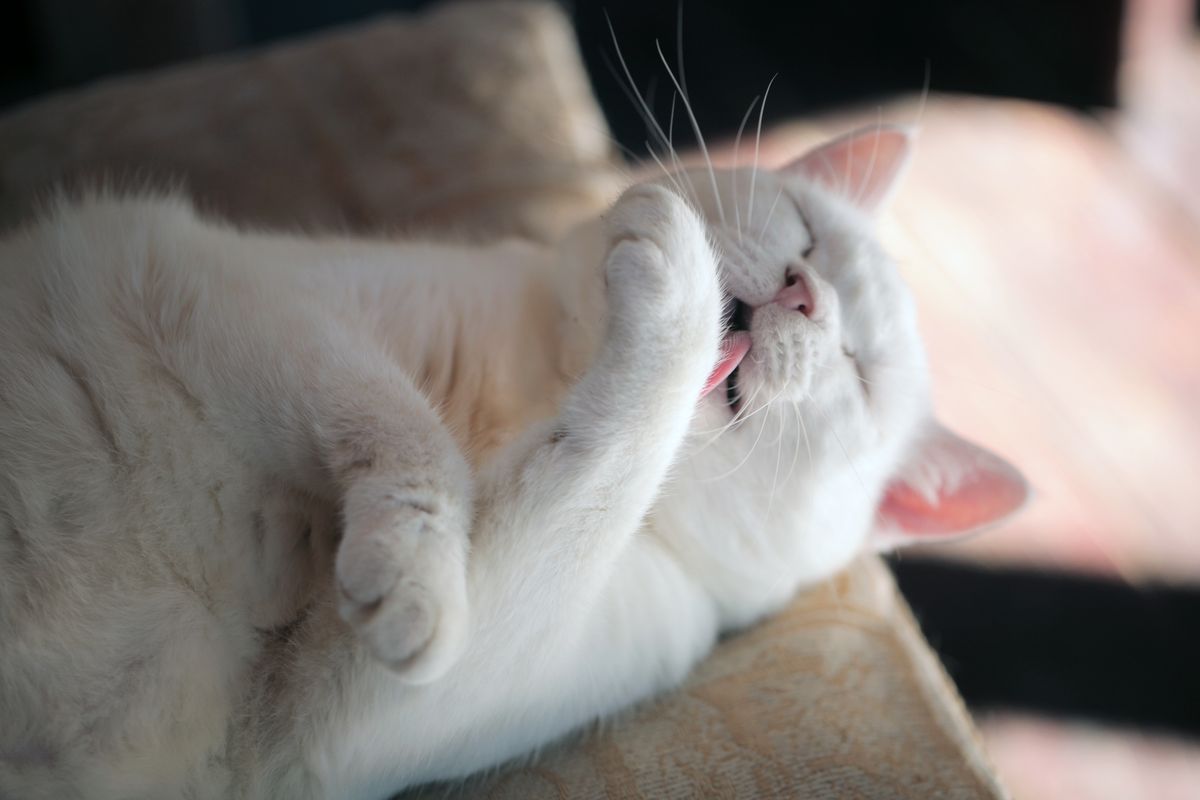
Bringing Dead Animals: A Complex Gift
Cats bringing dead animals or toys to their owners is a behavior that often perplexes humans. This act may be seen as a gift, a returned favor, or even a teaching moment.
Understanding
This behavior has several possible explanations. Some experts believe that cats bring dead animals as a gift to show affection. Others think it’s a way of returning the favor for being fed. Some even suggest that cats might be trying to teach their human companions how to hunt, as a mother cat would teach her kittens.
How to Help
Responding calmly and without anger is essential, as your cat likely means well. If you prefer to discourage this behavior, providing toys that mimic prey and engaging in interactive play can satisfy your cat’s hunting instincts. Understanding the underlying motivations for this behavior allows you to respond with empathy and appreciation for your cat’s natural instincts.
Meowing: Varied Communication
Cats use more than a dozen different meows to communicate with humans, each with its unique meaning. Meowing is a complex form of communication that goes beyond simple vocalization.
Understanding
Cats meow to express various needs and emotions, such as hunger, discomfort, attention-seeking, or even greeting. Kittens meow to communicate with their mothers, and adult cats often extend this behavior to their human caregivers. The pitch, volume, and frequency of meowing can provide clues to what your cat is trying to convey.
How to Help
Learning to recognize different meows and understanding their meanings can help you meet your cat’s needs more effectively. Responding to meows with appropriate actions, such as feeding, play, or affection, reinforces positive communication. Recognizing meowing as a multifaceted form of communication deepens your connection with your cat and enhances your ability to care for them.
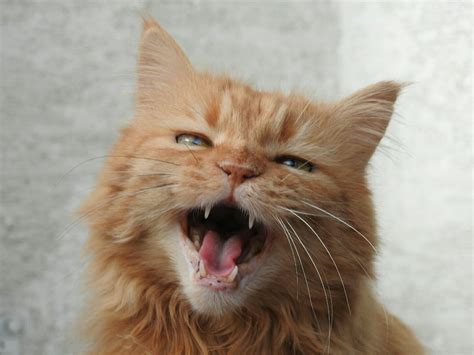
Chewing Cords: Playful but Risky
Cats are often drawn to cords and strings, chewing them out of playfulness or curiosity. While this behavior may seem harmless, it can be dangerous and requires understanding and intervention.
Understanding
Cats’ natural curiosity and playfulness draw them to cords and strings, which mimic the movement of prey. Chewing on cords can provide sensory stimulation but poses risks such as electric shock or ingestion of harmful materials.
How to Help
Using cord covers, bitter apple spray, or providing safe alternatives for chewing can deter this behavior. Regularly checking cords for damage and keeping them out of reach when not in use can prevent accidents. Understanding this behavior as a natural but risky curiosity allows you to take proactive measures to keep your cat safe.
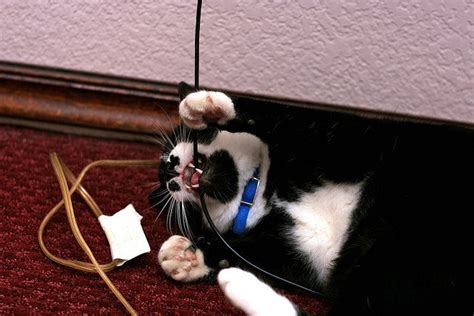
Going Outside the Litterbox: A Sign of Discomfort
Going outside the litter box may signal dissatisfaction with the litter or location, or even a medical issue like a urinary tract infection (UTI). This behavior requires careful observation and understanding.
Understanding
Cats are particular about their litter boxes, and changes in litter type, cleanliness, or location can lead to avoidance. Medical issues such as UTIs or behavioral problems like stress can also cause this behavior. Understanding the underlying cause is essential to address the issue effectively.
How to Help
Regularly cleaning the litter box and keeping it in a quiet, accessible location can prevent dissatisfaction. If the behavior persists, consulting a veterinarian to rule out medical issues is crucial. Recognizing this behavior as a sign of discomfort or dissatisfaction allows you to take appropriate action to ensure your cat’s well-being.
Kneading: Love and Comfort
Kneading, or “making biscuits,” is a behavior all about love, comfort, and self-soothing. This rhythmic pressing of the paws is a comforting act that often begins in kittenhood.
Understanding
Kneading is a natural behavior that many cats retain throughout their lives. It’s often associated with positive feelings, such as contentment, relaxation, and affection. Cats knead when they’re comfortable, often accompanied by purring, and it’s seen as a sign of trust and happiness.
How to Help
Allowing and enjoying this behavior fosters a loving connection with your cat. Providing soft surfaces for kneading, such as blankets or cushions, can enhance their comfort. Understanding kneading as an expression of love and contentment allows you to appreciate this endearing aspect of your cat’s behavior.
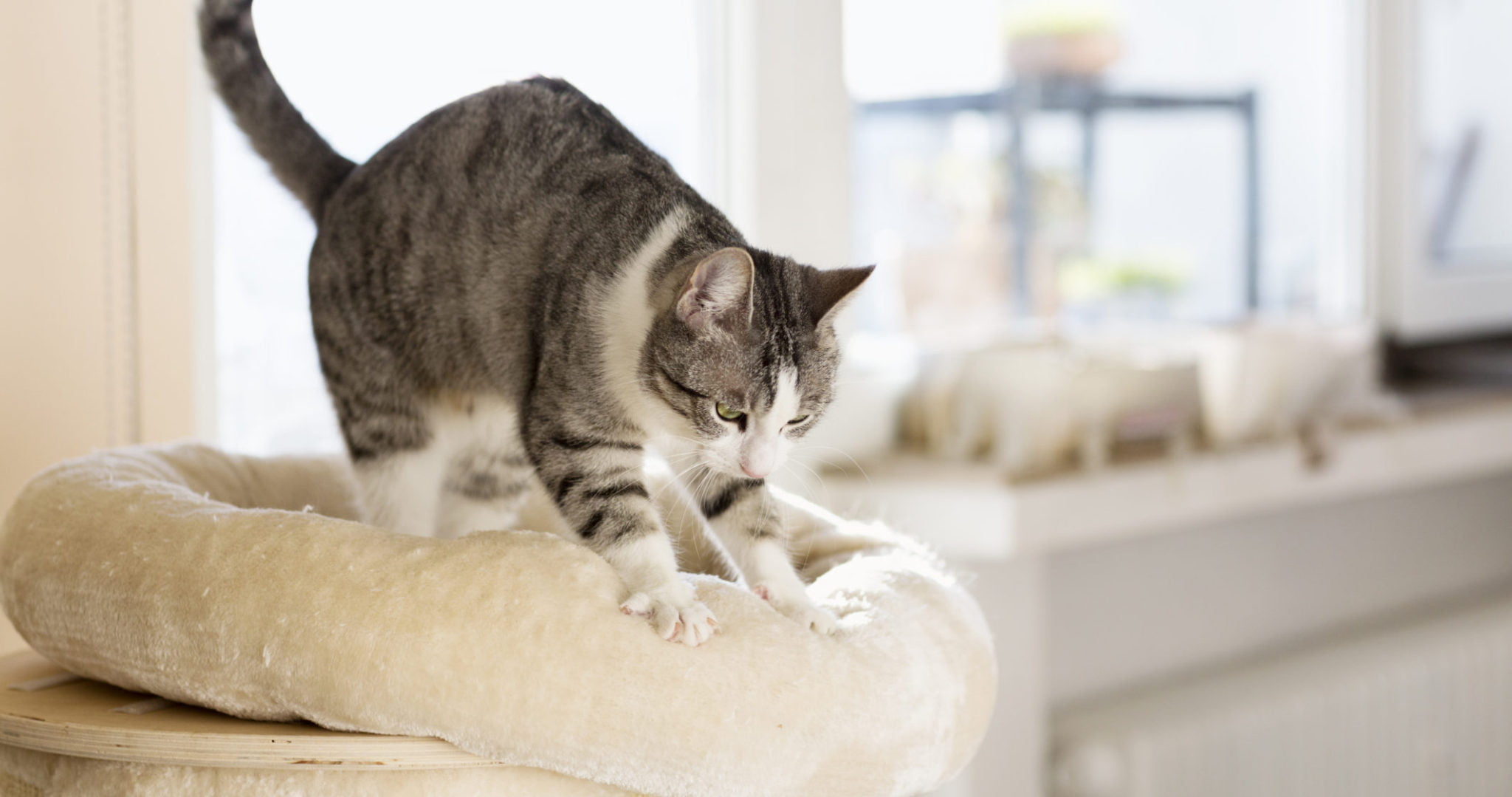
Eating Grass: An Unresolved Mystery
Eating grass is a behavior not fully understood by experts but is commonly observed in many cats. It may help with gastrointestinal upset, provide certain nutrients, or satisfy an innate craving.
Understanding
Cats eating grass is a phenomenon that has puzzled experts for years. Some theories suggest that grass helps cats vomit to clear indigestible materials, such as fur or bones. Others believe that grass provides essential nutrients or simply satisfies a natural craving. While it might seem odd, eating grass is generally considered normal and harmless for cats.
How to Help
If your cat enjoys eating grass, providing cat-friendly grass or herbs like catnip can be a safe way to indulge this behavior. Monitoring your cat to ensure they’re not eating toxic plants or grass treated with chemicals is essential for their safety. Understanding that this behavior is a natural and usually harmless part of a cat’s repertoire allows you to support it without concern.
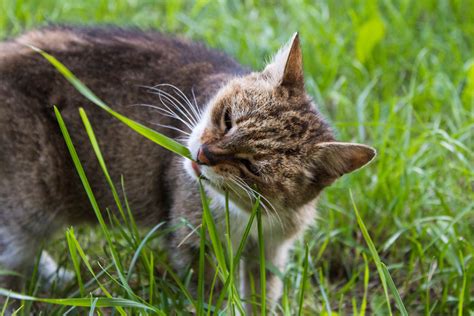
Rubbing: Marking Territory
Cats often rub against objects or people to mark their territory, depositing unique identifying odors from glands located in various parts of their body. This behavior is more than just affection; it’s a way of claiming ownership and establishing familiarity.
Understanding
Rubbing is a multifunctional behavior in cats. It serves as a way to mark territory, including marking humans as part of their social group. Glands located in their cheeks, head, and other areas produce unique scents that they deposit on objects or people by rubbing against them. This scent-marking helps create a familiar and comforting environment for the cat.
How to Help
Understanding rubbing as a sign of affection and belonging allows you to appreciate this behavior as part of your cat’s way of connecting with you. Allowing your cat to rub against you or furniture helps them feel secure and at home. Recognizing the underlying reasons for rubbing enhances your understanding of your cat’s world and deepens your bond with them.
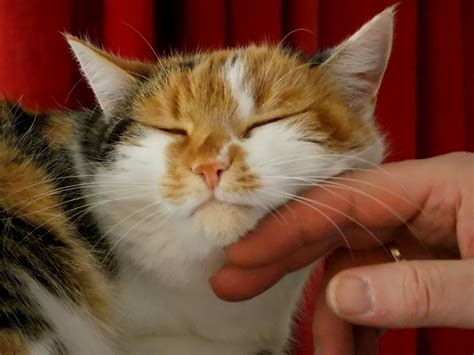
Conclusion
Understanding cats behavior is a fascinating and rewarding journey into the world of these enigmatic creatures. By recognizing and respecting these 17 behaviors, cat owners can create a more harmonious and trusting relationship with their feline friends.
From the soothing purr to the mysterious grass-eating, each behavior offers a glimpse into the complex world of cats. By focusing on understanding rather than merely observing, we can foster a deeper connection with our feline companions, providing them with the love, care, and support they deserve.
Cats are more than just pets; they are family members, friends, and confidants. By embracing their unique behaviors and learning to interpret their signals, we can enhance our relationships with them, creating a loving and nurturing environment where both human and cat thrive.
Enjoyed reading this article? There’s plenty more where that came from! Check out our blog for more insightful articles and tips about your furry friends. Here are a few you might find interesting:
– Pet Friendly Hotels Near Lax Airport
– Top Organic Dog Foods of 2023: Nourishing Your Dog Naturally
– Top 10 Dog Activities To Do With A Child
– Unlocking the Benefits of Premium Dog Vitamin Supplements
– Dog-Friendly Farmers Markets In Los Angeles
– Top 10 Dog Breeds Active Families
Keep exploring and learning with Trusty Paws!
